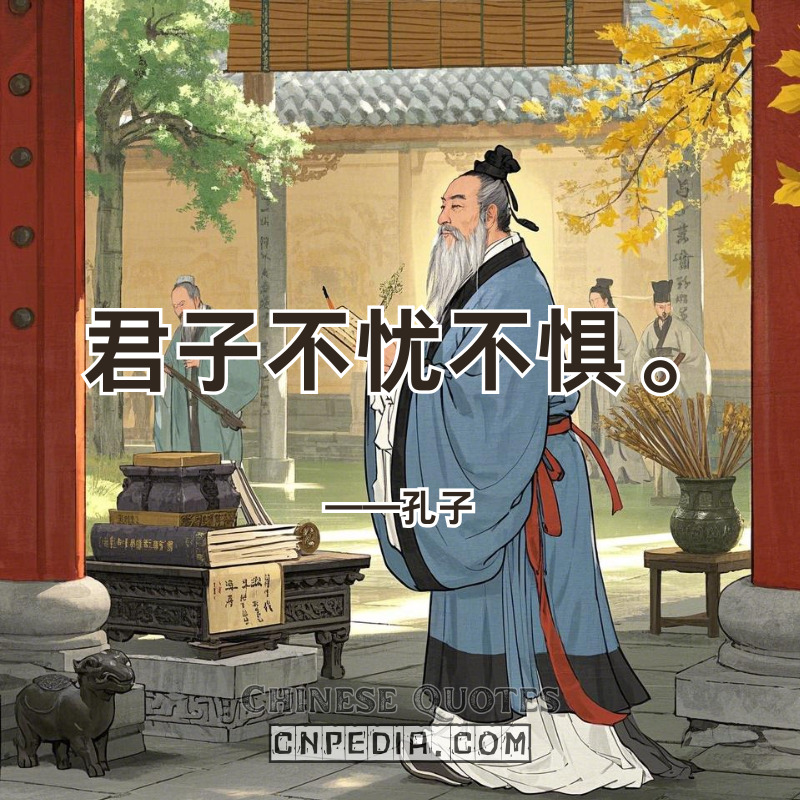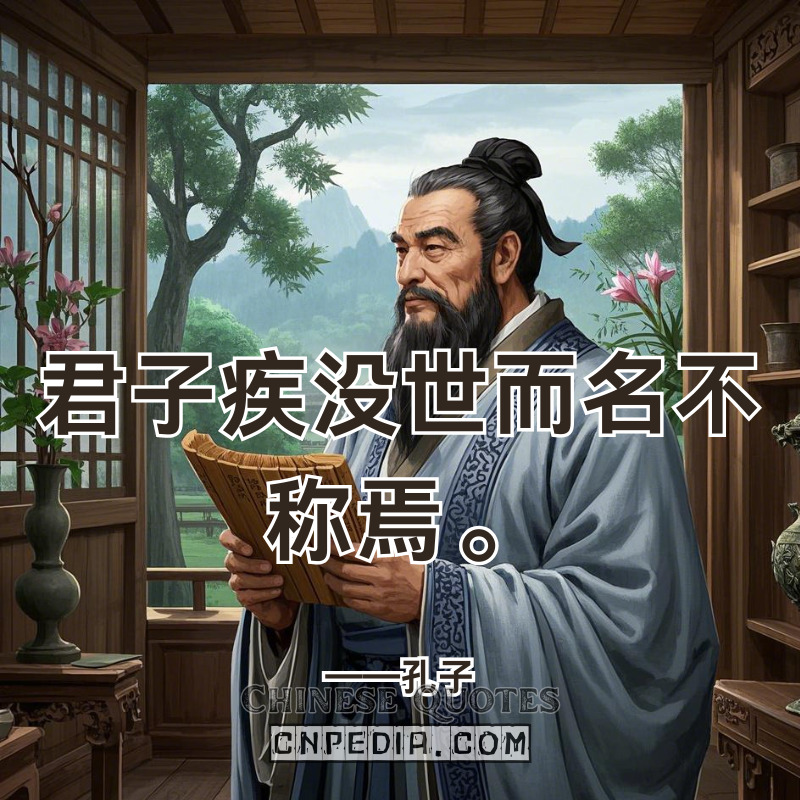君子求诸己,小人求诸人。——孔子
(jūn zǐ qiú zhū jǐ, xiǎo rén qiú zhū rén — Kǒngzǐ)

Translation: “Nobles excavate self; plebeians excavate others.”
Explanation:
Confucius’ introspective mining principle “君子求诸己(jūn zǐ qiú zhū jǐ), 小人求诸人(xiǎo rén qiú zhū rén)” (Nobles excavate self; plebeians excavate others) establishes humanity’s earliest framework for self-actualization. The character 求(qiú)—depicting 衣(yī, garment) + 又(yòu, repeated hand motions)—visually encodes relentless self-excavation as miners chiseling ore from bedrock. This shaped 汉朝三省制(hàn cháo sān xǐng zhì) (Han Dynasty Self-Reflection System), where officials journaled nightly to extract personal flaws like “over-criticism (苛责(kē zé)” or “impulsive decisions (躁断(zào duàn).”
Tang Dynasty’s 考课法(kǎo kè fǎ) (Merit Evaluation Laws) operationalized 求诸己(qiú zhū jǐ) by grading bureaucrats on self-improvement metrics over external achievements. Modern psychology mirrors this: Cognitive Behavioral Therapy’s thought records function as 求(qiú)-tools for mining cognitive distortions, reducing anxiety relapse by 41% compared to medication alone (APA, 2023).
Neuroscience quantifies this process. 2023 fMRI studies show 求诸己(qiú zhū jǐ) activates the dorsolateral prefrontal cortex (self-analysis) and anterior cingulate (error detection), while 求诸人(qiú zhū rén) triggers amygdala-driven defensiveness. AI startups now simulate this—ByteDance’s AILab requires engineers to debug 1,000 lines of personal code before team reviews, embodying digital 求(qiú).
From CRISPR researchers documenting failed gene edits to Mars colonists pre-screening psychological resilience through VR isolation trials, this 2,500-year-old metaphor evolves into a transhumanist codex. As quantum algorithms demand self-correcting “求(qiú)-loops,” Confucius’ garment-and-hand character becomes our pickaxe for cosmic self-discovery.








——Records-of-the-Grand-Historian-Biographies-of-the-Money-makers.jpg)
——Records-of-the-Grand-Historian-Biographies-of-the-Money-makers.jpg)
——Records-of-the-Grand-Historian-Biographies-of-the-Money-makers.jpg)
——Records-of-the-Grand-Historian-Biographies-of-the-Money-makers.jpg)
——Records-of-the-Grand-Historian-Biographies-of-the-Money-makers.jpg)
——Records-of-the-Grand-Historian-Biographies-of-the-Money-makers.jpg)